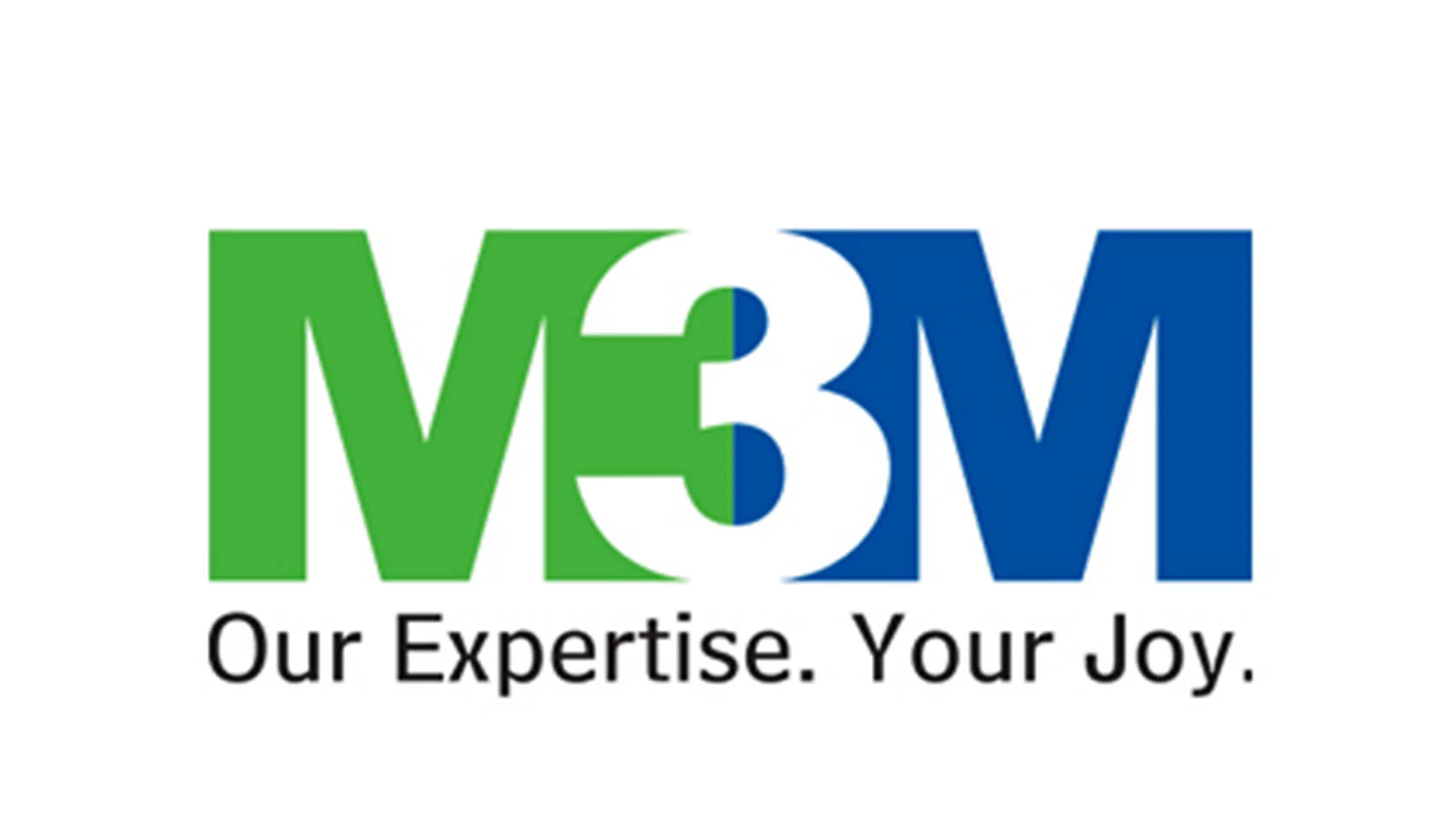Table of Content
Examining the Alleged Consequences of M3M Projects on Displacement and Livelihoods in the Aftermath of Legal Cases

Introduction
In recent times, M3M projects have come under scrutiny due to claims of causing adverse effects such as displacement and loss of livelihood for communities. These claims gained momentum after legal cases were filed against M3M, alleging negligence and adverse impacts on people. This article delves into the aftermath of these legal cases, analyzing the alleged consequences of M3M projects on displacement and livelihoods.Legal Cases and Allegations
Legal cases filed against M3M projects have raised serious concerns about their impact on local communities. Allegations include forced displacement of residents from their homes, disruption of traditional livelihoods, and inadequate compensation for those affected. These cases have shed light on the potential negative outcomes of urban development projects, particularly when they do not adequately consider the well-being of the communities involved.
Displacement and Loss of Livelihood
The core issue highlighted in these legal cases is the apparent loss of livelihood and displacement experienced by communities due to M3M projects:- Forced Displacement: As M3M projects expand, they often require large parcels of land. This can result in the forced eviction and displacement of residents who have lived in these areas for years, disrupting their lives and causing social upheaval.
- Economic Disruption: Displacement often leads to the disruption of established livelihoods. Communities reliant on local resources or traditional occupations find themselves uprooted, struggling to find alternative means of sustaining their lives.
Legal Case Implications
The legal cases against M3M projects underscore the need for thorough examination and accountability in urban development:- Transparency: Legal cases bring to light the importance of transparency in urban development. Stakeholders, including affected communities, should have access to information about the projects' impact and proposed mitigations.
- Compensation and Rehabilitation: Cases reveal shortcomings in compensation and rehabilitation measures for those affected. Legal proceedings can prompt a reevaluation of these measures and potentially lead to more just outcomes.
- Public Participation: Legal cases draw attention to the significance of public participation in decision-making processes related to urban development. Engaging with affected communities can help address concerns and create more inclusive plans.
Moving Forward
In response to legal cases and public concerns, there are steps that can be taken to mitigate the alleged negative impacts of M3M projects:- Holistic Impact Assessments: Thorough impact assessments should be conducted before project initiation. These assessments should consider social, economic, and environmental effects, ensuring that potential negative consequences are identified and addressed.
- Community-Centric Approach: Developers should adopt a community-centric approach that places the well-being and rights of local residents at the forefront. This includes fair compensation, alternative livelihood opportunities, and proper rehabilitation for displaced communities.
- Regulatory Reforms: Legal cases can prompt governments to review and enhance existing regulations pertaining to urban development. Stricter oversight and enforcement can prevent avoidable negative impacts.
Conclusion
Legal cases against M3M projects have amplified concerns about the displacement and loss of livelihood experienced by communities. These cases underscore the importance of responsible urban development that prioritizes the rights and well-being of affected individuals. By learning from these legal challenges, stakeholders can work towards more inclusive and sustainable urban growth that benefits both the economy and the communities it serves.FAQ
Q. Who is the owner of M3M son?
son Pankaj Bansal
A Panchkula court today refused to grant further remand of Basant Bansal and his son Pankaj Bansal, promoters of M3M group, and Ajay Parmar, nephew of suspended CBI judge Sudhir Parmar, in the judge bribery scandal.
Q.Who is the founder of M3M?
As per the Hurun list, Basant Bansal and family, the owners of M3M ranked 127 in India and 1,975 globally. They were valued at $1.7 billion.



_1765444636.webp)
_1765438259.webp)

